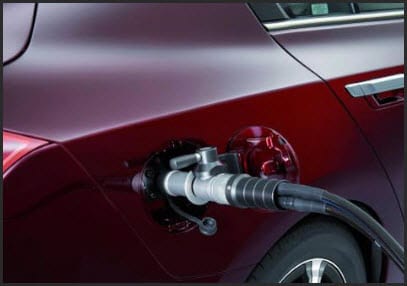
Hydrogen-powered vehicles subjected to EU regulations
July 17, 2012Amendment includes hydrogen-powered vehicles into emissions regulations
The European Union has published new amendments to its Euro 5/6 light duty regulations, which focus on passenger and light commercial vehicles. The regulation is meant to address the issue of carbon emissions and institutes a number of standards that European countries are meant to work to adopt. A number of amendments have been made to the directive over the past several years, some of which were more controversial than others. The latest amendment includes hydrogen-powered vehicles to the directive.
Hydrogen fuel is a popular focus for the auto industry
Hydrogen-powered vehicles are quickly becoming a staple in the auto industry. Most of the world’s major automakers have begun, or have been developing, hydrogen-powered vehicles with plans to introduce these new vehicles between the years of 2013 and 2015. Some automakers have decided to adopt hydrogen fuel cells in order to comply with the emissions standards coming from the world’s governments. The new amendment to the Euro 5/6 regulations is expected to place more pressure n the auto industry as a whole.
Amendment aims to ensure hydrogen-powered vehicles live up to certain standards
According to the amendment – Commission Regulation (EU) No. 630/2012 – hydrogen-powered vehicles are to be included in the emissions requirements imposed on European countries. Vehicles using pure hydrogen or a mixture of hydrogen fuel and natural gas will be required to meet EU regulations in order to be sold and purchased in European countries.
Regulations not expected to hamper the auto industry
Though hydrogen-powered vehicles have been included into the regulations, these vehicles are not expected to be confronted with any significant challenges. Hydrogen fuel cells produce no emissions on their own, making them a clean energy system. The amendment, as it exists now, is meant to ensure that the hydrogen fuel used for these vehicles is capable of meeting a high efficiency standard and is viable for use on a large scale throughout Europe.
Related article(s) and resources:
http://eur-lex.europa.eu/LexUriServ/LexUriServ.do?uri=OJ:L:2012:182:0014:0026:EN:PDF



 With over 15 years of reporting hydrogen news, we are your premier source for the latest updates and insights in hydrogen and renewable energy.
With over 15 years of reporting hydrogen news, we are your premier source for the latest updates and insights in hydrogen and renewable energy.